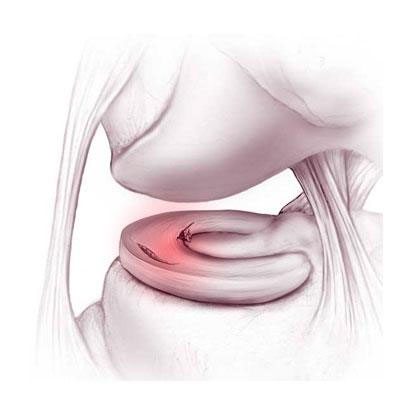
After meniscus repair surgery, many patients and doctors rely on follow-up visits and MRI scans to see how well the knee is healing. But new research suggests these tools might not always give the full picture. This article—written by colleagues of Dr. Okoroha—dives into which tests actually help identify successful healing after surgery. Surprisingly, one of the most reliable signs might be as simple as pressing on the knee to check for soreness. This small detail could tell more than a scan.
Study Highlights
Patient Demographics: This study reviewed research from multiple clinical trials involving patients who had undergone meniscal repair surgery. Patients of various ages and backgrounds were included, though exact numbers varied across studies.
Follow-ups: Follow-ups were based on clinical exams, MRI scans, and second-look arthroscopy to evaluate healing. Timeframes and methods varied across the included studies.
Positive Outcomes: The only test that strongly pointed to a healed meniscus was the absence of joint line tenderness. Other exam methods and even MRIs were inconsistent and not reliable for detecting whether the repair had failed.
Conclusion
If you’ve had a meniscus repair, the best clue that your knee is healing might be simpler than you think. A knee that no longer feels sore when touched at the joint line could be a strong sign of recovery—more so than fancy imaging or complex physical exams. Always follow your doctor's guidance, but don’t underestimate the power of small, simple signs in your healing journey.
We are committed to providing personalized care and innovative treatments to help patients reach their full potential. To learn more about meniscus tears, schedule a consultation with Dr. Kelechi Okoroha today. Seeing patients from Minneapolis, St. Paul, Plymouth, Edina, Minnetonka, Rochester, and Minnesota ensures that patients receive specialized care aimed at maximizing their athletic performance and long-term knee health.
To learn more about knee pain or meniscus tears:










